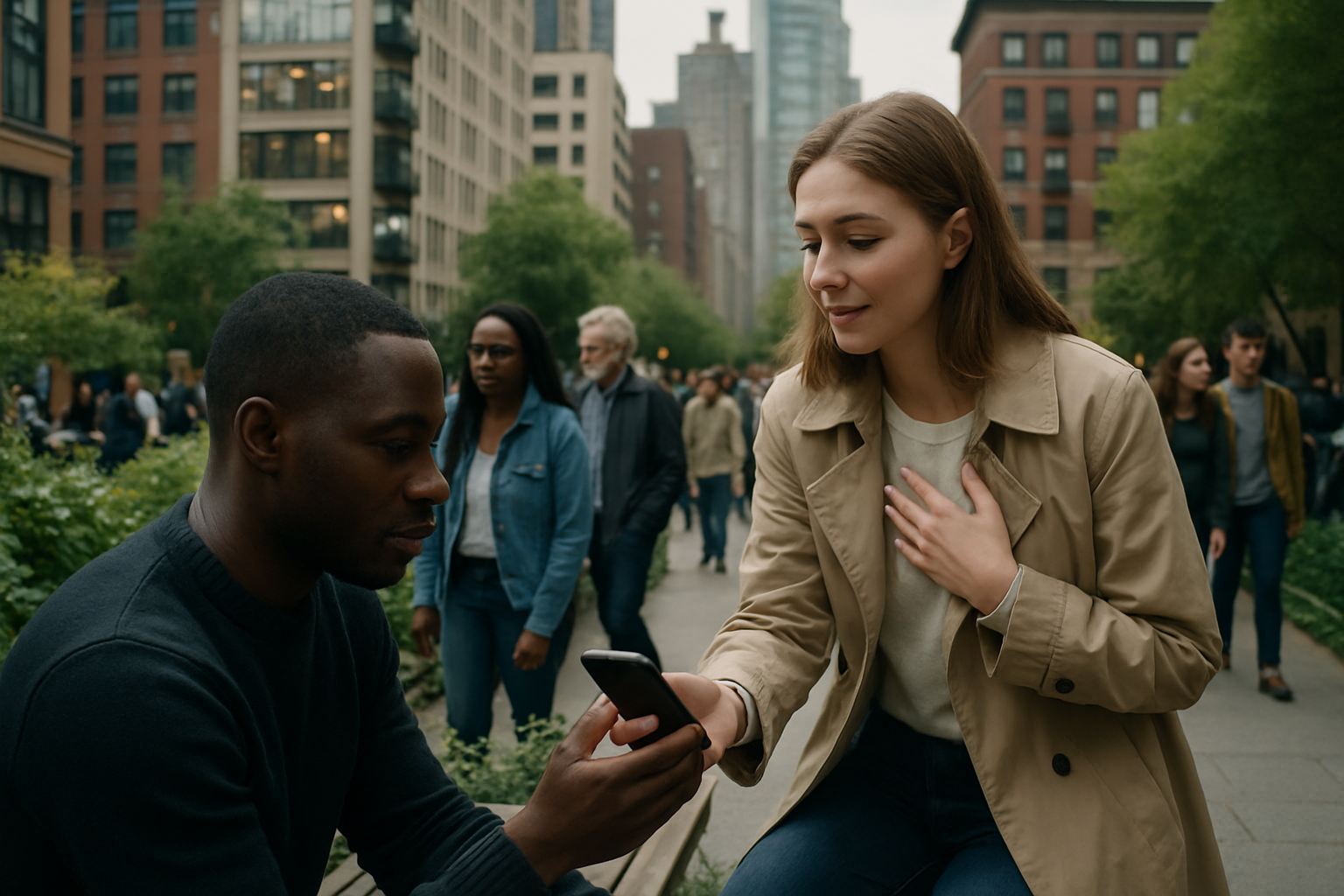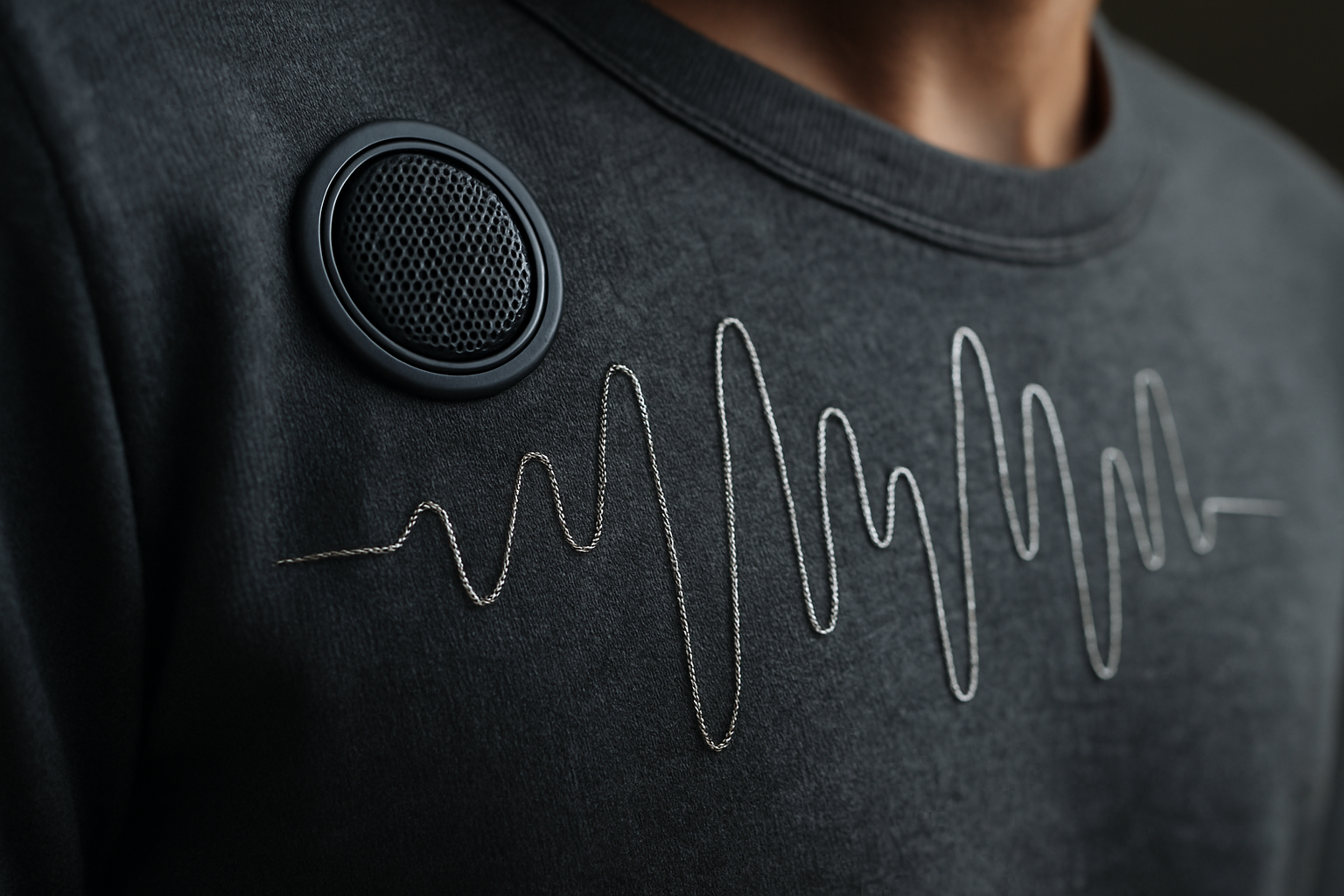Micro-Relationships: The New Social Currency
In an era of digital overload and fleeting connections, a surprising trend is reshaping our social landscape. Micro-relationships, brief yet meaningful interactions with strangers or casual acquaintances, are gaining prominence as a vital social currency. These ephemeral encounters are challenging traditional notions of friendship and community, offering a unique blend of intimacy and detachment. Read below to explore how these fleeting connections are transforming our social fabric and why they matter in today's fast-paced world.

Sociologists have observed that as traditional community structures weaken and long-term relationships become more challenging to maintain, people are turning to these micro-interactions for social fulfillment. Dr. Emily Chen, a social psychologist at Stanford University, notes, “In a world where we’re constantly connected digitally but often physically isolated, these brief, real-world interactions provide a sense of human connection that many find lacking in their daily lives.”
The Psychology Behind Fleeting Connections
The appeal of micro-relationships lies in their unique psychological benefits. Unlike long-term friendships or romantic relationships, which come with expectations and obligations, micro-relationships offer a low-stakes form of social interaction. They provide a momentary sense of connection without the need for ongoing commitment or emotional investment.
Research has shown that these brief encounters can trigger the release of oxytocin, often called the bonding hormone, in our brains. This chemical reaction can lead to feelings of warmth, trust, and social connection, even in interactions lasting only a few minutes. Dr. Michael Thompson, a neuroscientist at MIT, explains, “The brain doesn’t always distinguish between long-term bonds and brief, positive interactions. Both can contribute to our overall sense of social well-being.”
Impact on Urban Design and Public Spaces
The growing recognition of micro-relationships’ importance is influencing urban planning and the design of public spaces. Cities are increasingly creating environments that facilitate these brief encounters, recognizing their role in fostering a sense of community and improving overall quality of life.
Architects and urban planners are designing what they call “collision spaces” - areas in public places, workplaces, and residential buildings that encourage spontaneous interactions. These might include communal seating areas in parks, open-plan office layouts, or shared amenities in apartment complexes. The goal is to create opportunities for people to engage in micro-relationships naturally and comfortably.
Digital Platforms and Virtual Micro-Relationships
While micro-relationships traditionally occur in physical spaces, the digital realm is opening up new avenues for these fleeting connections. Social media platforms and apps are developing features that mimic the ephemeral nature of real-world micro-relationships. For instance, some apps now offer timed chat functions or location-based connection features that facilitate brief, meaningful interactions without the expectation of long-term engagement.
However, experts caution that virtual micro-relationships should complement, not replace, real-world interactions. Dr. Sarah Lim, a digital sociologist at the University of California, Berkeley, warns, “While digital platforms can facilitate micro-relationships, they lack the full sensory experience of face-to-face interactions. The challenge is to use technology to enhance, rather than substitute, real-world connections.”
The Future of Social Interaction
As micro-relationships gain prominence, they are reshaping our understanding of social networks and community. Traditional measures of social capital, such as the number of close friends or community involvement, may need to be reevaluated to account for the value of these brief encounters.
Some sociologists predict that in the future, our social lives may be characterized by a mix of deep, long-term relationships and a rich tapestry of micro-relationships. This hybrid model could offer the best of both worlds: the stability and depth of close friendships alongside the diversity and spontaneity of fleeting connections.
However, critics worry that an overreliance on micro-relationships could lead to a superficial social landscape, where people struggle to form deeper, more meaningful bonds. Striking a balance between these different types of social interactions will likely be a key challenge for individuals and society in the coming years.
As we navigate this evolving social terrain, one thing is clear: micro-relationships are more than just casual encounters. They are becoming an essential part of our social fabric, offering moments of connection in an increasingly fragmented world. Understanding and valuing these brief interactions may be key to fostering a sense of community and well-being in our modern, fast-paced society.





